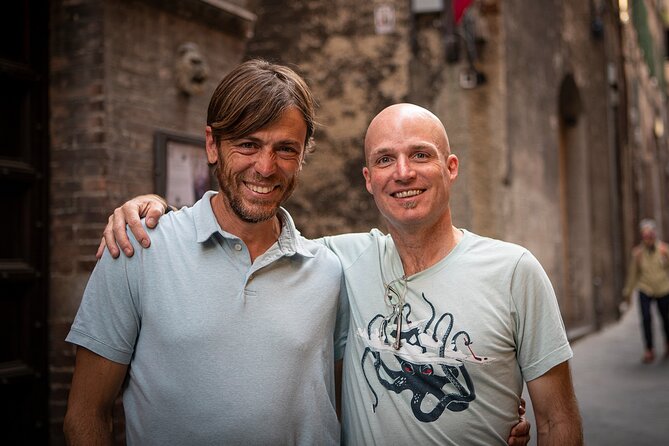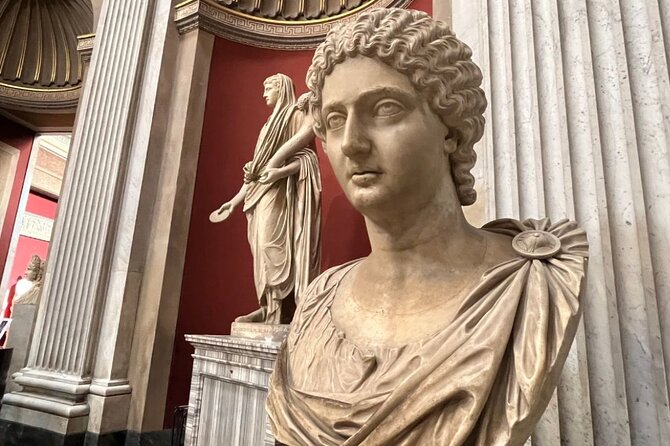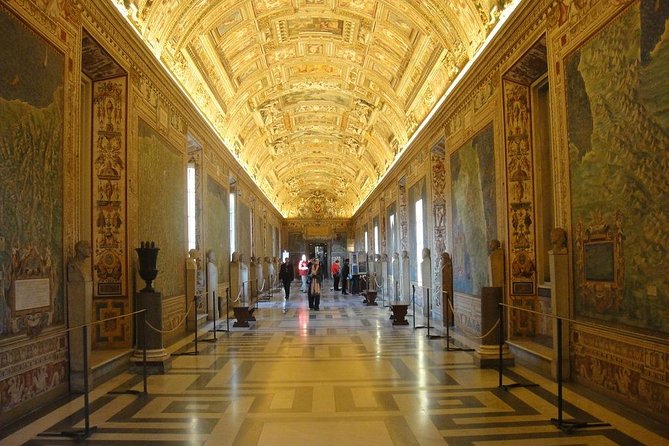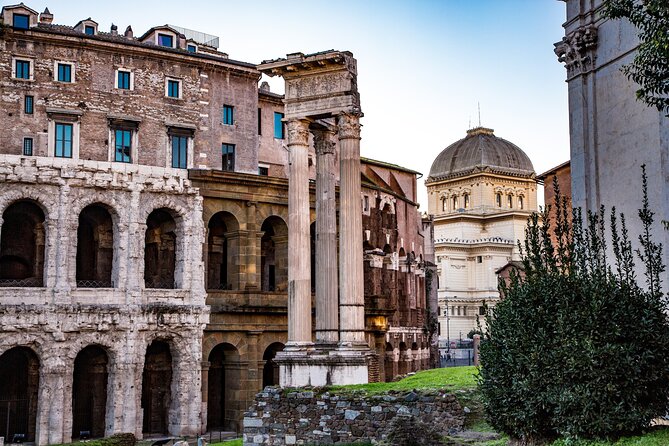According to legend, Palatine Hill is where Romulus and Remus founded the city of Rome back in the 8th century B.C. As one of the Seven Hills of Ancient Rome, this site is a treasure trove of archaeological wonders.
Over the centuries, Palatine Hill was home to an array of important structures, including temples, a stadium, and the palaces of various emperors. Today, you can wander among the ruins of these buildings, which are scattered across a park-like setting dotted with parasol pines and walls draped in wisteria.
Explore the Imperial Palaces
Some of the most impressive ruins on Palatine Hill are the remains of the imperial palaces. These include:
Domus Tiberiana
This grand palace, built for Emperor Tiberius and later expanded by his successors, once boasted massive walls, spacious terraces, fountains, peristyles, and even a bridge added by Caligula. Underground corridors known as the Criptoportico Neroniano connected the various parts of the complex.
Since the 17th century, the Farnese Gardens (Orti Farnesiani) have occupied part of the Domus Tiberiana site. From the terrace here, you can enjoy a stunning view of the Roman Forum below.
Domus Augusti
Dating back to the 1st century B.C., this was the palace of Emperor Augustus. In its heyday, it was beautifully decorated with colorful frescoes and intricate carvings, some of which can still be seen on the walls and vaulted ceilings.
Casa di Livia
Next to the Domus Augusti, you’ll find the surviving rooms and foundations of the House of Livia, named after Augustus’ wife. The walls here feature bold frescoes, and the floors are adorned with black and white tiles.
Domus Flavia
This 1st-century A.D. palace, built for Emperor Domitian, served as the public and administrative center of the imperial complex. It featured a colonnaded portico surrounding an octagonal fountain, the outline of which is still visible.
Within the palace, you can see the site of the emperor’s throne in the Aula Regia (Royal Room). Beneath the Domus Flavia, there are also subterranean structures like the Casa dei Grifi (House of the Griffins), known for its impressive stucco work and inlaid stones.
Domus Augustana
Adjoining the Domus Flavia, this was Emperor Domitian’s private residence. Among the ruins, you can see the remains of a concave arcaded façade that once looked out over the Circus Maximus, as well as the bases of marble columns that framed central courtyards.
The Domus Augustana later housed an early Christian oratory, a monastery, and various villas. Today, it is home to the Palatine Museum.
Visit Other Notable Ruins
Along With the imperial palaces, Palatine Hill is dotted with the remains of other significant structures, such as:
- The Huts of Romulus: These stone blocks and postholes are all that’s left of a small Iron Age hut village where, according to legend, Romulus and Remus once lived.
- The Palatine Stadium: Built by Emperor Domitian, this stadium was likely used as a racetrack or hippodrome. Remnants of its marble-pillared portico can still be seen.
- The Baths of Maxentius: These 4th-century A.D. baths include the perimeter walls of the frigidarium (cold water baths), basins from the tepidarium (warm baths), and part of the calidarium (hot baths).
- The Nymphaeum and Cisterns: Located near the stadium, this complex once featured fountains, statues, and basins fed by the Aqua Claudia aqueduct.
- The Horrea Vespasiani: These sturdy brick pillars are the remains of what was likely a vast warehouse built for Emperor Vespasian and later converted into a shopping center by Domitian.
Step Inside the Palatine Museum
Your ticket to Palatine Hill includes admission to the Palatine Antiquities Museum (Museo Palatino). Here, you can see a fascinating collection of maps, models, artifacts, and architectural elements related to the site’s history.
Some of the highlights include:
- Colorful samples of Palatine marble
- Sculptural works, such as busts of a boy, a princess, and Julia Donna (wife of Septimius Severus), as well as statues of children, Aphrodite, and Dionysus
- Funerary objects from a child’s tomb, mainly jars and bowls
- A collection of clay figures
- The Greek marble Wings of Victory
Enjoy Stunning Views
While the museum and ruins are certainly interesting, one of the best parts of visiting Palatine Hill is the opportunity to take in the incredible views. From various points on the hill, you can look out over the Roman Forum, the Colosseum, and the Circus Maximus.
Be sure to bring your camera – these are some of the most iconic vistas in all of Rome.
Tips for Your Visit
To make the most of your time at Palatine Hill, keep these tips in mind:
- Wear comfortable shoes: You’ll be doing a lot of walking on uneven terrain, so sturdy footwear is a must.
- Bring water and sun protection: Much of the site is exposed, so it can get hot, especially in the summer months. Stay hydrated and don’t forget your sunscreen and hat.
- Allow plenty of time: There’s a lot to see at Palatine Hill, so budget at least a couple of hours for your visit.
- Consider a guided tour: While you can explore the site on your own, a guided tour can provide valuable context and help bring the ruins to life.
- Combine your visit with other nearby sites: Your Palatine Hill ticket also includes admission to the Colosseum and the Roman Forum, so plan to visit those as well.
Getting There
The entrance to Palatine Hill is located at Via di San Gregorio 30. The easiest way to get there is by metro – take line B to the Colosseo stop, which is just a short walk away.
You can also reach the site by bus. Several routes, including the 51, 75, 81, 175, and 204, stop nearby.
Ticket Info
Admission to Palatine Hill, the Colosseum, and the Roman Forum is combined into a single ticket, which costs €12.00 for adults.
You can purchase tickets online in advance or at the ticket office on-site. Keep in mind that lines can be long, especially during peak tourist season, so booking ahead is recommended.
A Journey Through Ancient Rome
Visiting Palatine Hill is like taking a step back in time to the very origins of Rome. As you wander among the ruins of palaces, temples, and stadiums, it’s easy to imagine the emperors and aristocrats who once called this place home.
But Palatine Hill is more than just a collection of crumbling structures. It’s a living testament to the power and influence of the Roman Empire, and a reminder of the incredible feats of engineering and artistry that were achieved here.
Whether you’re a history buff or simply someone who appreciates a good view, Palatine Hill is a must-see destination on any trip to Rome. So put on your walking shoes, grab a bottle of water, and get ready to explore one of the most fascinating archaeological sites in the world.






